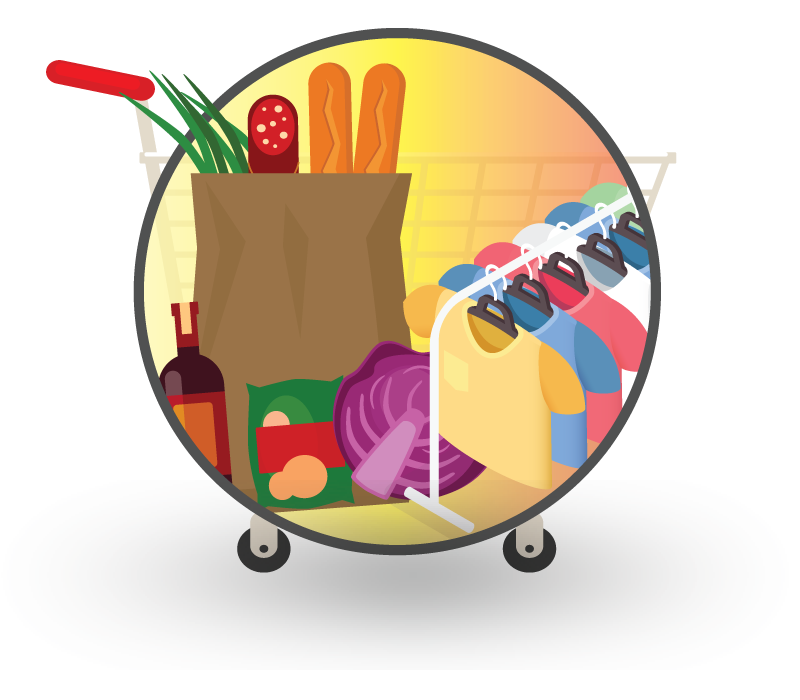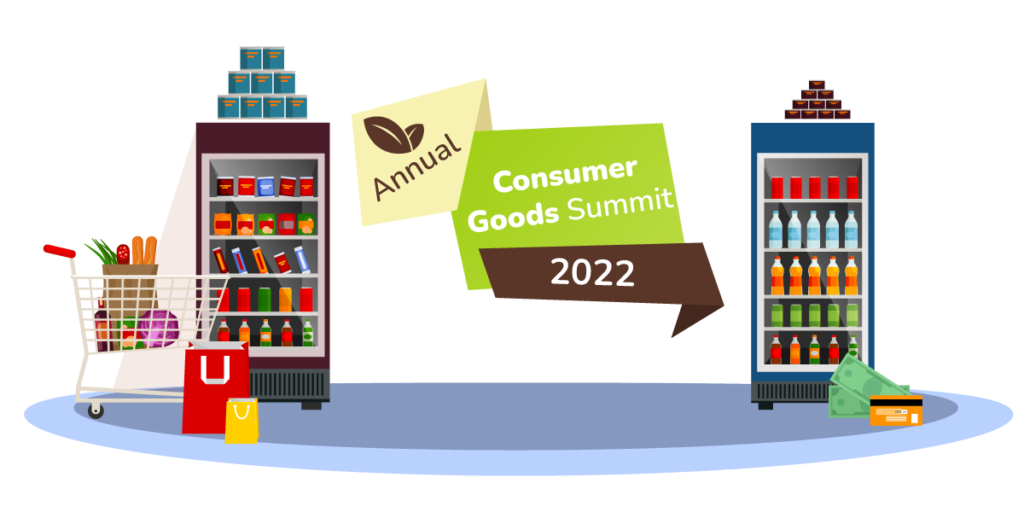If 2023 is described in one word, that word would be “disruption.” CPG firms, and all businesses for that matter, will continue to be disrupted. Geopolitical upheaval continues. And every executive is attempting to understand financial instability. Has global inflation peaked, or is a recession on the horizon? Will the housing shakeout have an impact? Is our sector safe from more supply chain disruptions? Will the current unprecedented streak of rate rises come to a halt — or perhaps reverse?
While CPGs consider “what ifs,” there is always a desire to transform disruption into opportunity. Yes, government subsidies have dried up, budgets will be tighter, and competent workers will remain scarce. Firms that focus their attention and resources on a few tasks, such as upgrading infrastructure, enhancing margins, and refining the customer experience, are more likely to move the profit needle to the right.
What are some of the trends that will shape the world in the coming year? Here are the top five forecasts for the CPG business, focusing on supply chain, AI/robotics, sustainability, DTC, and the metaverse.
-
Supply chains will become more agile and resilient.
Consumers are looking for value and discounts as a result of inflationary pressures. The major difference between winners and losers in this market, as shown during the 2022 Christmas season, is supply chain management. In terms of consumer spending, CPG brands that have used data and insight to build resilience and agility will outperform the competition.
Consumer products firms will have to rethink their approach to supply chain operations in 2023. It is high on the priority list to create a more coherent ecosystem model based on the integration of important decision-making data. The capacity to recognise and respond to difficulties using data-driven insights can assist supply chain firms in transitioning from their current condition to a more robust and agile future. More data understanding allows automation to improve operations and reactions. Companies will try to expand automation to boost performance and the customer experience as labour and supply constraints continue to impair operations. In 2023, a greater emphasis on resilience, driven by inflation and the need for higher efficiency, may enhance margins.
Related post: A glimpse of what the world might look like in 2030
2. By the end of 2023, AI will have progressed from singles and doubles to home runs.
We’ve been talking about artificial intelligence for a long time, charting its development and keeping a careful eye on its capabilities. It’s now being lauded with language like “analytics for everyone, everywhere” and “an inherent element of what constitutes a successful organisation.”
Over the last 12 to 18 months, progress has accelerated, and new and enhanced AI applications across several disciplines have made this technology crucial for merchants. Both Google and Meta executives shared that investments in artificial intelligence technologies were already paying off in the second quarter of 2022: Google reported improvements in search, translation, and mapping services, while Meta noted that AI apps were recommending content across its platforms.
Companies in CPG are ecstatic about the potential of AI-generated, individualised communication. Until recently, much AI-powered technology, such as chatbots, was irrelevant. Experts predict that when the next generation of AI processing power takes hold, merchants will be able to send targeted and relevant digital marketing messages, augmented by first-party data, that not only cut through digital noise but, more crucially, drive conversion.
In late November, the media began concentrating heavily on AI-supported digital content production, mainly for consumer applications. Lensa and ChatGPT, two “generative” AI applications that generate content based on user text input, have captured the limelight. They also raised questions about ethics and heightened worries about openness and rules.
3. The emphasis on ESG remains.
Consumer product firms will continue to put sustainability into action in order to decrease waste and retain consumers. Environmental, social, and governance (ESG) reporting throughout the supply chain has become a concern for investors, consumers, and competitors. Consumer demand, along with new government green standards and peer pressure from rivals providing sustainable products, is prompting many supply chain executives to embrace greener working practises. These enhancements can also result in cost savings since sustainable operations reduce waste and packaging while also lowering the total environmental impact of operations.
Corporate social responsibility is becoming increasingly important, and adopting sustainable and ethical supply-chain processes will become increasingly important to all market participants. The majority of large retail and consumer products firms are committed to having a positive environmental effect, protecting natural resources, minimising carbon emissions and global warming, and developing more sustainable operations. In all of these circumstances, digital integration with partners and consumers is a critical component of developing long-lasting, ethical goods with little environmental effect. It is anticipated that this trend will continue in 2023.
4. An increased emphasis on omnichannel.
After several difficult years for traditional manufacturers, in-person shopping was reinstated for the 2022 holiday season. According to the National Retail Federation, customers are eager about the chance to return to in-person shopping; in September, 45% of shoppers indicated they expected to explore or buy in-person over the Black Friday weekend. This shifts the emphasis from digital to omni-channel, which includes both the digital and physical worlds, with the assumption that real omni-channel firms will outperform digital-only firms.
To acquire a better knowledge of both demand and the customer, CPG firms must continue to engage in building a unified picture of the customer across their physical and digital presences, as well as marketplaces. Pick up in store, ship from store, ship from distribution centre, and manufacturer direct-to-consumer options are all available as delivery optimisation and last-mile fulfilment continue to improve customer service. Direct-to-consumer and omni-channel brands will continue to battle for customers’ hearts and minds by creating compelling brand journeys, in-store and digital experiences, and better fulfilment. Consumer product companies are working on how to better lead consumers through a customised multi-channel journey in order to increase revenue across all channels.
5. Metaverse investments are best summarised as “hard maybe.”
There is little doubt that merchants feel a metaverse approach is necessary. It has swiftly emerged as the crux of brand positioning as customers increase their virtual connection with businesses. However, according to a recent KPMG study, while 56% of US adults are aware of the metaverse, only 8% have used it.
The metaverse combines real and virtual worlds to generate dynamic new interactions for humans. Fortnite, which is most popular among tech-savvy gamers, has invited people to live concert events in the metaverse, whereas Roblox is more well-known in retail circles: Nike, Vans, Gucci, Ralph Lauren, and Forever 21 have all established virtual worlds in Roblox where users can interact with their items.
In the future, the metaverse might serve as a platform for virtual commerce, numerous forms of entertainment, education, and even team brainstorming sessions. The good news is that most of the necessary technology has already been developed. However, many people are still not fans of virtual reality headsets — or the expensive price tag that comes with them. Is the hype about the metaverse exaggerated? That’s a hearty “yes.”




